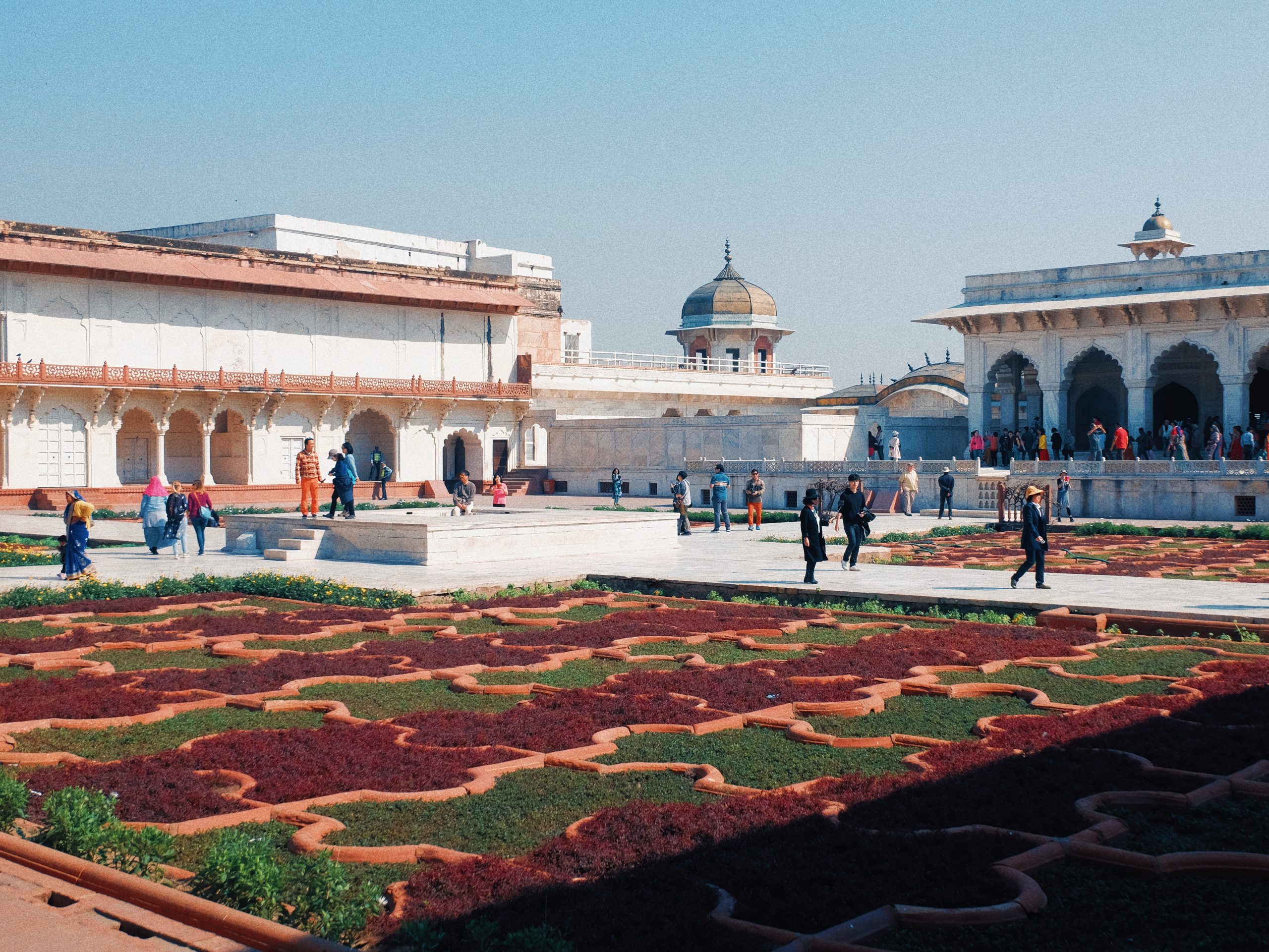
February 15, 2018. I spent the morning at Agra Fort, or the “red fort” to the west of the Agra, a walled enclave similarly established along the banks of the Yamuna River like the Taj Mahal. Initially built as a military fort, it also later on served as a palace for those who ruled this part of India. It changed hands in as many times as it was occupied by the different groups that tried to govern this part of the subcontinent over the centuries from the Lodi Dynasty of the Delhi Sultanate, the Mughal Empire and the Maratha Dynasty, before finally falling into the hands of the British. Today, parts of it is still reserved for the use of the Indian army.


The entire fort is around 34 hectares, and houses dozens of different structures within its 21.4 meters high fortifications. I explored the fort without a tour guide, so most of the information I now know about it came from readings I did after my visit. Nonetheless, my impression of its elaborate architecture at that time is just as amazed as I am still now of its rich history.
At its peak in the late 1600’s, the Mughals ruled from what is modern-day Afghanistan all the way to today’s Bangladesh. Despite being a muslim dynasty with Turk-Mongol and Persian roots, it effectively administered a vast empire of diverse religions (predominantly Hindu), cultures and traditions, through tolerance and alliances.
The Mughals built grand forts, palaces and monuments (such as the Taj Mahal) that rivaled Western architecture and engineering. The Mughal economy also accounted for a fourth of world trade. It was considered India’s last “golden age”.
